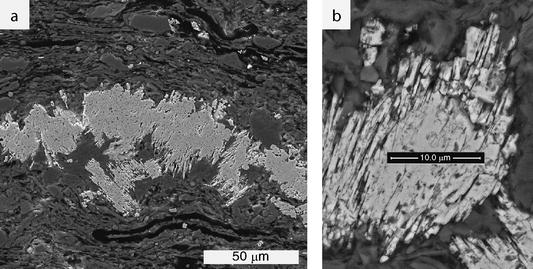
If you take #color(red)(x+)# to be the charge on the iron cation, you can say that you have In this case, the sulfur ion is called the sulfide anion, #"S"^(2-)#. Keep in mind that anions are always named using the -ide suffix. You can thus say that sulfur will take these two electrons from iron and form #color(blue)(2-)# anions. In this case, sulfur has #6# valence electrons, which means that it needs #2# more electrons to complete its octet. For main-group elements, the group number gives you the number of valence electrons. You'll find it located in period 3, group #16#. Now, grab a periodic table and look for sulfur. a cation, and the nonmetal will form a negatively charged ion, i.e. Right from the start, you should know that the metal will form a positively charged ion, i.e. Consequently, it is found with anionic oxygen carboxylate donors in methane monooxygenase, neutral and anionic nitrogen porphyrin donors in heme proteins, and sulfur cysteines and sulfides in ferridoxins and other iron-sulfur clusters.The first thing to recognize here is that you're dealing with an ionic compound made up of iron, #"Fe"#, a metal, and sulfur, #"S"#, a nonmetal. Many biological compounds contain iron(II), which is able to bind well to both hard and soft ligands. Iron is one of the most abundant elements on earth, and many iron compounds play important roles in biology. Many biologically important metal ions fall under the "borderline" category between hard and soft.

In poplar plastocyanin, which aids in transferring electrons during reactions in the plant cell, the copper ion is coordinated to two nitrogen-donating histidines and two sulfur donors, a cysteine and a methionine. On the other hand, copper(I) is a soft acid. Calmodulin, which aids in calcium uptake, uses hard oxygen donors in aspartate and glutamate to bind to the Ca 2+. Relatively hard potassium ions bind to oxygen atoms in DNA to help stabilize the helix structure. In biology, metals display aspects of hard & soft acid & base chemistry. Propose a formula for a plausible mineral containing each of the following ions. Molybdenum(VI) can be found as powellite (calcium molybdenum oxide, CaMoO 4), but the most commonly mined ore contains molybdenum(IV), found in molybdenite (MoS 2). For example, iron(III) is often found as hematite (iron oxide, Fe 2O 3), whereas iron(II) can also be found as pyrite (iron sulfide, FeS). Some metals can pair with either hard or soft bases, particularly those metals from the middle of the transition metal group. Sulfides are the most common soft bases in geology, although the larger halides, like bromide and iodide, are also soft. Some prevalent minerals of soft metals are galena (lead sulfide, PbS 2) and cinnabar (mercury sulfide, HgS). Fluoride, carbonates, oxides, phosphates and sulfates are examples of hard bases. Some common minerals of hard metals are rutile (titanium oxide, TiO 2), dolomite (magnesium and calcium carbonate CaMg(CO 3) 2) and chromite (iron chromium oxide, FeCrO 4). There are some obvious HSAB applications in metallurgy and geology. Answer c:Īzide, which has a more polarizable, delocalized pi bonding system. Iodide, which is larger and more polarizable than chloride.

Me 3P, because phosphorus is larger and more polarizable than nitrogen. Suggest which of the following bases is softer.Ĭ) amide (NH 2 -) or azide (N 3 -) Answer a: Conversely, AuF has never been isolated but AuF 3 (hard-hard) is stable. In keeping with the "like binds like" principle, the compound AuI (soft-soft) is stable, but AuI 3 (hard-soft) is unknown. The Au 3+ ion, because of its higher positive charge, is a harder acid than Au + and can form complexes with harder bases such as H 2O and amines. Netted solution pond next to cyanide heap leaching of gold ore near Elko, Nevada (1992). On the laboratory scale, cyanide plating solutions are typically disposed of by using bleach to oxidize CN - to OCN -, and the metal is recovered as an insoluble chloride salt. Cyanide, which is highly toxic, is gradually oxidized by air to the less toxic cyanate (OCN -) ion. In 2000, a spill at Baia Mare, Romania resulted in the worst environmental disaster in Europe since Chernobyl. The use of cyanide ion on a large scale in mining, however, creates a potentially serious environmental hazard. The precious metals are then isolated from the solution using chemical reducing agents or by electroplating. Ag is similarly dissolved by air oxidation in cyanide solutions. This reaction is used in gold mining to separate small flakes of Au from large volumes of sand and other oxides.


 0 kommentar(er)
0 kommentar(er)
